Why Your Protein Choice Matters for Blood Sugar
Managing diabetes can feel like a constant balancing act, where every meal choice is critical. We've all been there, staring at a plate and wondering how it will affect our glucose levels later. But what if effective blood sugar management was less about restriction and more about strategic nutrition?
The key lies in the powerful partnership between protein and fiber. Think of protein as your tool for satiety. It helps you feel full and satisfied, which can reduce the urge to snack on foods that might cause unwanted glucose spikes. When you're not constantly battling hunger, making mindful choices becomes much easier.
Fiber, on the other hand, acts like a brake system for your digestion. It slows down the absorption of carbohydrates, leading to a more gradual and gentle rise in blood sugar instead of a sharp peak. This combination is fundamental for stable energy throughout the day.
This is where a high-quality vegan protein powder comes in. It offers a convenient way to get that essential protein and fiber without the saturated fats found in some animal proteins or the hidden sugars lurking in many processed foods. Finding the best plant based protein for diabetics means you have a reliable, clean tool to support your health goals, making that daily balancing act feel much more manageable.
Decoding the Nutrition Label for Diabetes

Walking down the supplement aisle can be overwhelming. Every container makes bold promises, but the real story is always on the nutrition label. Learning how to choose protein powder for diabetes is about becoming your own detective and knowing exactly what to look for. Let's break it down into four simple steps.
Check the Sugar Content First
This is your first and most important checkpoint. Many protein powders are loaded with sugar to improve taste, which can quickly derail your blood sugar goals. Look for powders with 2 grams of sugar or less per serving. This minimal amount ensures the powder itself won't cause a significant glycemic response, giving you a clean slate to build your smoothie or shake.
Prioritize High Fiber
Remember how fiber slows down sugar absorption? This is where you put that knowledge into practice. A good protein powder for diabetic needs should contain at least 3 to 5 grams of fiber per serving. This not only supports blood sugar stability but also contributes to digestive health and keeps you feeling fuller for longer. It’s a non-negotiable feature for a truly supportive formula.
Calculate the Net Carbs
Don't let the "Total Carbohydrates" number scare you. For managing blood sugar, "Net Carbs" are what truly count. This figure represents the carbs that your body can digest and convert into glucose. The calculation is simple: Total Carbohydrates - Fiber = Net Carbs. A lower net carb count means a smaller impact on your blood sugar levels. Aim for powders with 10 grams of net carbs or less.
Scan the Ingredient List for Red Flags
A shorter, more recognizable ingredient list is almost always better. Your body deserves clean fuel, not a chemical cocktail. Be on the lookout for common offenders that can hide in plain sight:
- Artificial sweeteners like sucralose, aspartame, and acesulfame potassium. While they don't contain calories, their long-term effects are still debated, and many people prefer to avoid them.
- Fillers and thickeners like maltodextrin. This is a highly processed carbohydrate that can spike blood sugar just as fast as table sugar.
- Artificial flavors and excessive preservatives. These add no nutritional value and can sometimes cause digestive upset.
For more tips on healthy eating and understanding ingredients, our blog offers a wealth of information to help you make confident choices.
The Best Plant Protein Sources for Stable Energy
Now that you know how to read the label, let's talk about the ingredients themselves. The source of the protein matters just as much as the sugar content. Different plants offer unique benefits, and the best vegan protein powder for diabetics often combines them. As highlighted by the American Diabetes Association, incorporating quality protein sources is a key strategy for managing blood sugar.
Pea Protein
Pea protein is a powerhouse. It's rich in branched-chain amino acids (BCAAs), which are vital for maintaining muscle mass. Why does that matter for diabetes? Healthy muscle tissue improves insulin sensitivity, helping your body use glucose more effectively. It's a fantastic, easily digestible option that forms the base of many high-quality powders.
Hemp Protein
Hemp is a nutritional superstar. It's one of the few plant sources that is a "complete protein," meaning it contains all nine essential amino acids. Beyond that, it's packed with fiber and heart-healthy omega-3 fatty acids, making it an incredibly well-rounded choice for overall wellness.
Brown Rice Protein
For those with sensitivities or allergies, brown rice protein is an excellent hypoallergenic option. It's gentle on the digestive system while still delivering a solid protein boost. While its amino acid profile isn't as complete as pea or hemp on its own, it becomes incredibly effective when paired with other sources.
The Power of Protein Blends
This is where the magic happens. By combining different plant proteins, like pea and rice, formulators can create a product with a complete amino acid profile that rivals animal-based proteins. This synergy ensures your body gets everything it needs for muscle repair and metabolic health. Many top-tier formulas, like our own Chocolate Vegan Protein, use this blend approach to maximize nutritional value and deliver a smooth, delicious taste.
| Protein Source | Key Benefit | Fiber Content | Consideration |
|---|---|---|---|
| Pea Protein | Rich in BCAAs for muscle health | Moderate | Can have a distinct earthy taste for some |
| Hemp Protein | Complete protein with omega-3s | High | Texture can be slightly gritty if not finely milled |
| Brown Rice Protein | Hypoallergenic and easy to digest | Low to Moderate | Best when combined with another protein for a full amino acid profile |
| Protein Blends | Complete amino acid profile | Varies (often high) | The most nutritionally comprehensive option |
Evaluating Top-Rated Protein Powder Features

Once you've narrowed down your choices based on ingredients, it's time to look at the features that separate a good powder from a great one. Think of this as the final quality check before you commit.
- Ingredient Transparency: You should never have to guess what's in your protein powder. Leading brands are proud of their simple, clean formulas and aren't afraid to show them off. Look for companies that clearly list every ingredient without hiding behind vague "proprietary blends."
- Absence of Artificial Sweeteners: A truly health-focused low sugar vegan protein powder will use natural, zero-calorie sweeteners that don't impact blood sugar. Look for ingredients like monk fruit or stevia. These provide a pleasant sweetness without the chemical aftertaste or potential side effects of artificial options.
- Taste and Mixability: Let's be practical. A protein powder is only beneficial if you actually enjoy drinking it. Thankfully, modern plant proteins have come a long way from the gritty, chalky textures of the past. Look for reviews that mention a smooth consistency and great taste.
- Third-Party Certifications: This is your ultimate assurance of quality. Seals like NSF Certified for Sport or Informed-Sport mean an independent organization has verified that the product contains exactly what the label says and is free from contaminants. When you see these certifications, you can trust you're getting a truly clean ingredient protein powder.
As you evaluate different options, our guide to the best protein powders can provide additional context to help you compare.
Making the Right Choice for Your Health
Choosing the right vegan protein powder doesn't have to be complicated. It comes down to prioritizing what matters most for your health: low sugar, high fiber, and a clean ingredient list from a quality plant source like pea, hemp, or a thoughtful blend. The "best" powder is the one that fits your specific health needs, tastes great, and aligns with your budget.
Most importantly, always consult with your doctor or a registered dietitian before adding any new supplement to your routine. They can help ensure the product is safe for your specific situation and won't interfere with any medications you may be taking. This is a crucial step in taking charge of your health responsibly.
You now have the knowledge to choose with confidence. Ready to see how delicious healthy can be? Check out these three easy vegan protein recipes you'll actually crave. If you found this guide helpful, please share it with a friend or family member who might benefit!



